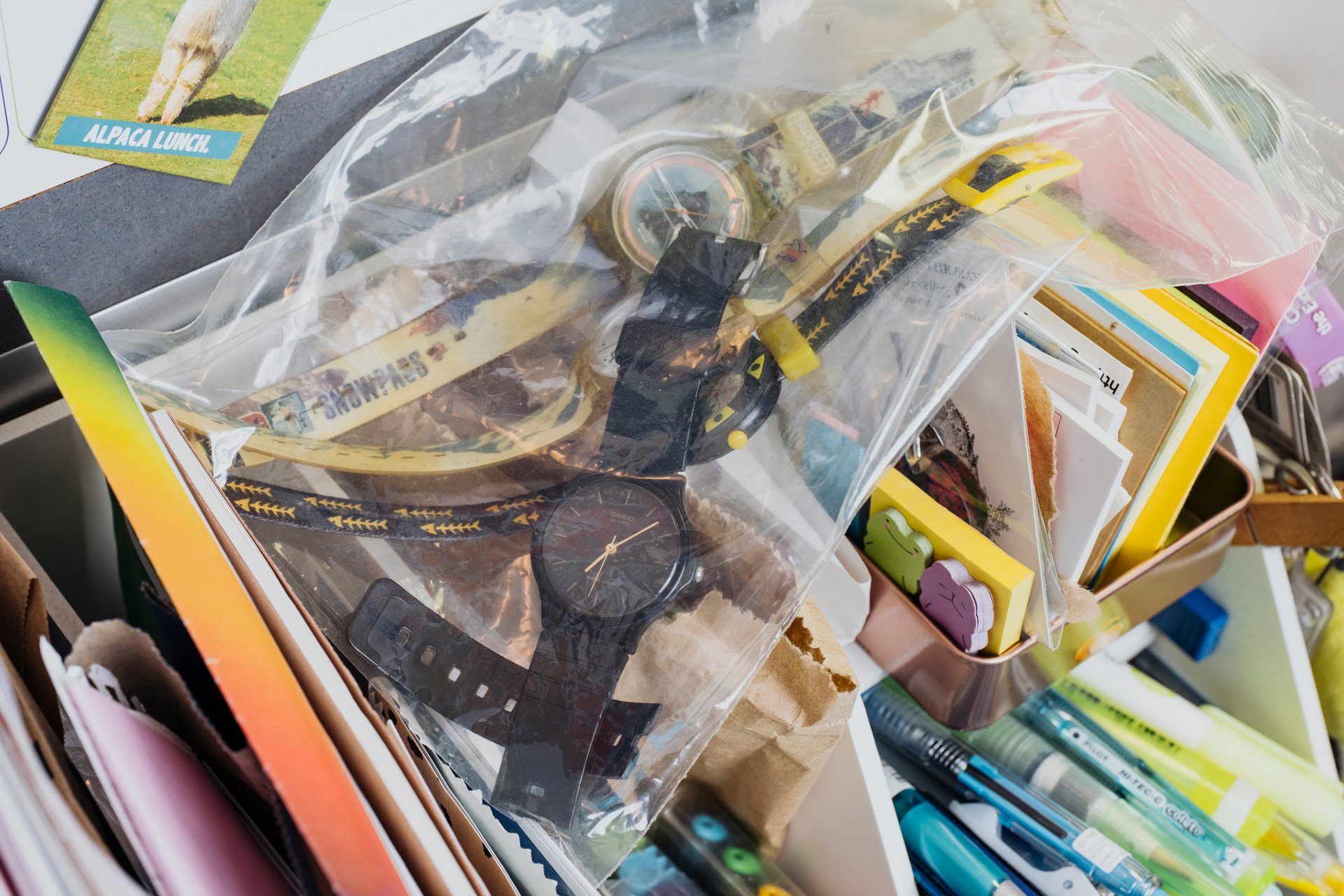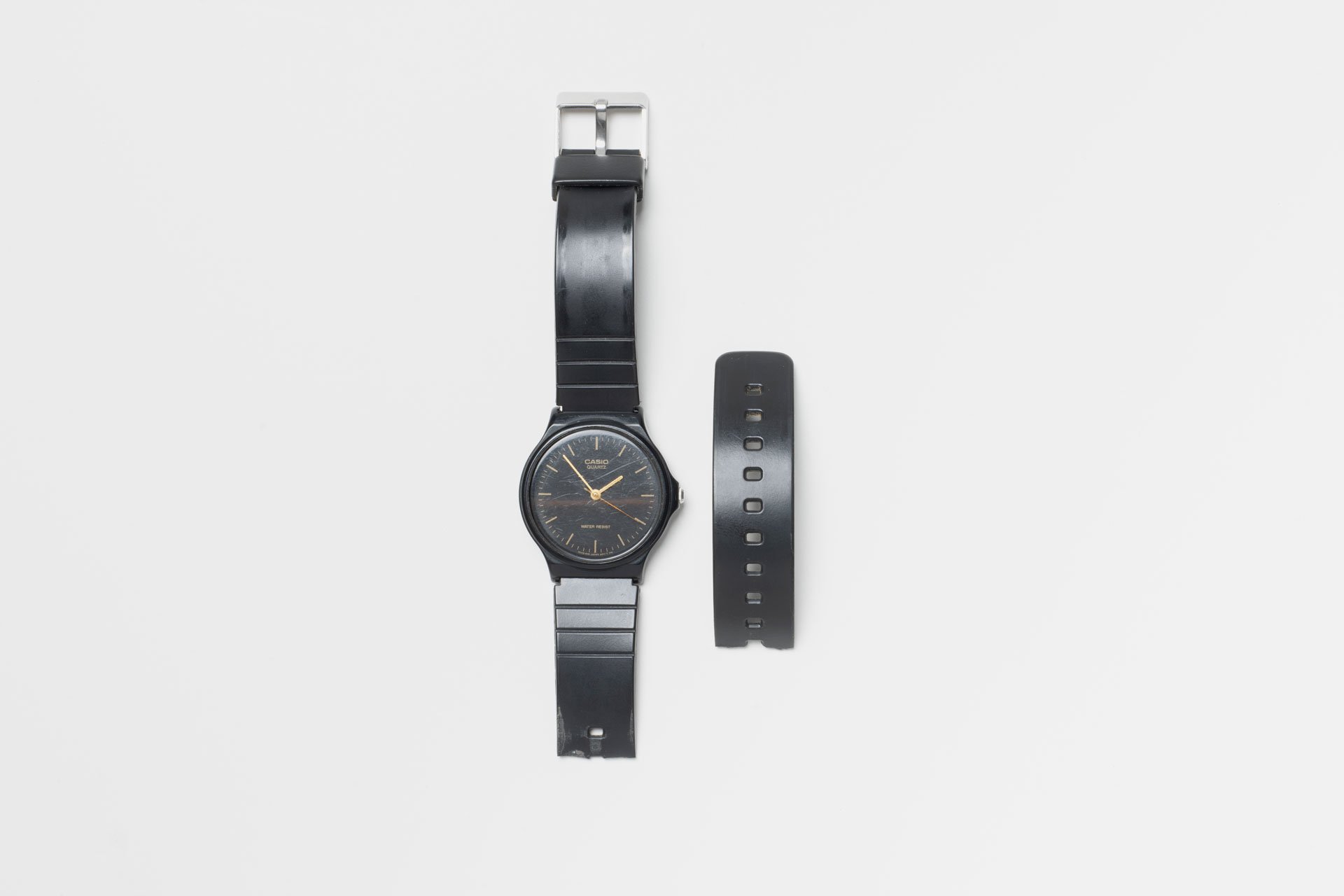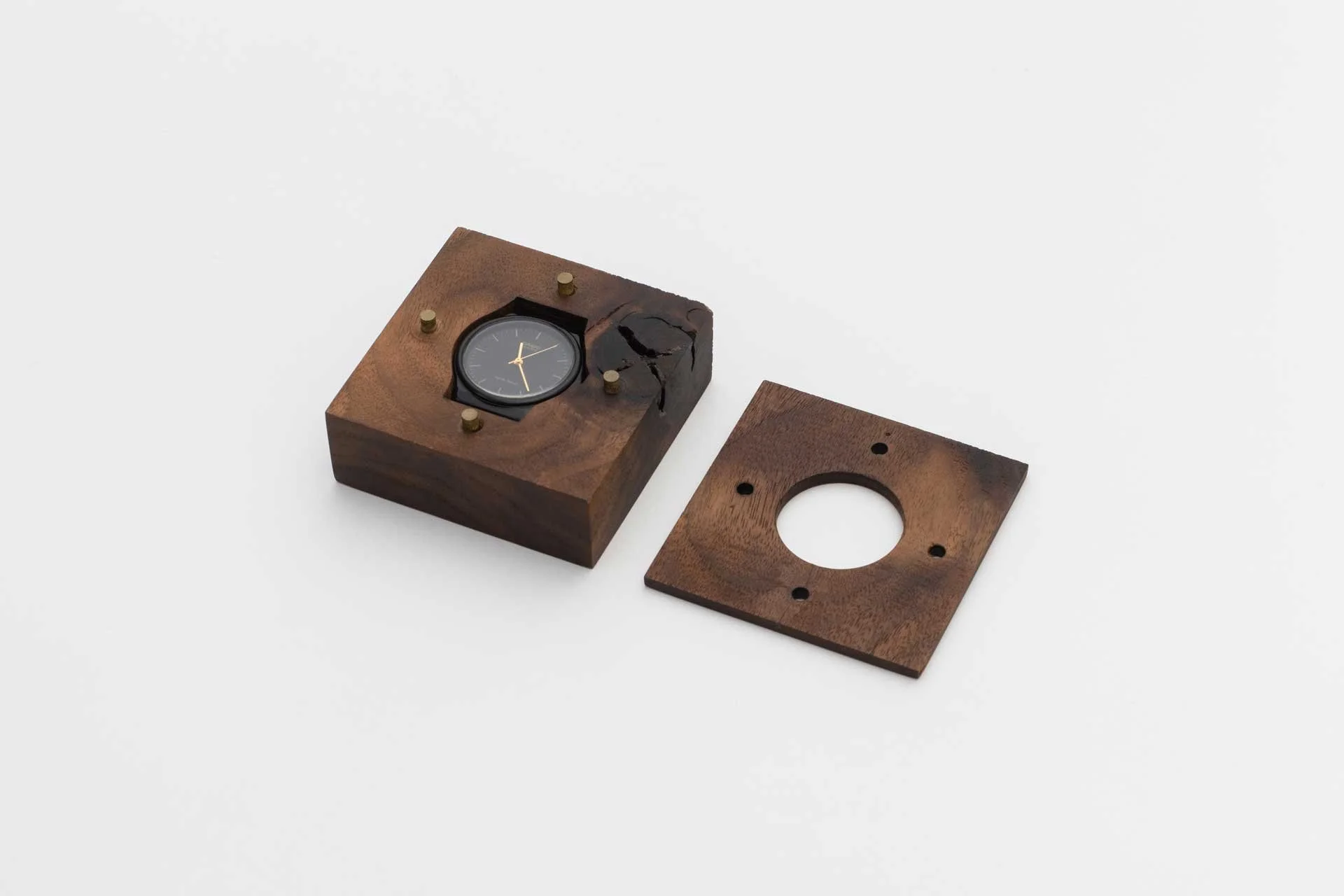
-
Before having this watch, I had analogue ones like Swatch which I could not bear to wear daily. One day, my parents came back from Chinatown with this $15 watch for me. It was simple. It was black. It was suitable for most casual occasions. And I was like, “Oh my goodness! My parents found something that I never thought I’ll need.”
The watch became an extension of myself. If I left home without it, I felt weird. It got me through secondary school, junior college and university. After my mom’s watch broke, she would wear it too. The watch was falling apart when it finally broke while my mum was wearing it. By then, it had been through three battery replacements and one strap change—servicing that was more than what the watch initially cost. So I thought maybe it was time to move on. Due to its sentimental value, I didn’t throw it away and just kept it in a Ziploc bag.
I eventually replaced the watch with an exact same model. While it looks the same, I know it’s not the same. The original watch still works except I can no longer wear it. It would be cool if there was a way to repurpose this long-time companion.
-
The broken watch is “repaired” by encasing its essential time-keeping component in a “supernormal” cuboid that is hand-crafted from noble walnut wood.
We honoured this precious memento from the owner’s growing up years by framing and reassigning it into a product archetype that will prominently exist in his home for many years to come. The originally mass-market product now sits in contrast with its bespoke hand-made walnut enclosure, whose grains were specially selected to match the quintessential circular face of this watch. While the grains capture and freeze the lifetime of the walnut tree, the ever-dynamic hands of the watch run with and communicate present time.
Both parts of the cuboid enclosure are hewn from a single block of walnut. A 33-millimetre wide hand-carved cavity—matching the diameter of the watch—keeps it in place to show the time on the front, while still allowing it to be easily detached for servicing with just a push from the back. The setup is held together just by surface friction. So too is the front cover, which is supported by four brass pins serving as markers for the cardinal directions.

╲
╲
╲ ╲
╱
╱
╱ ╱
╲
╲
╲ ╲






